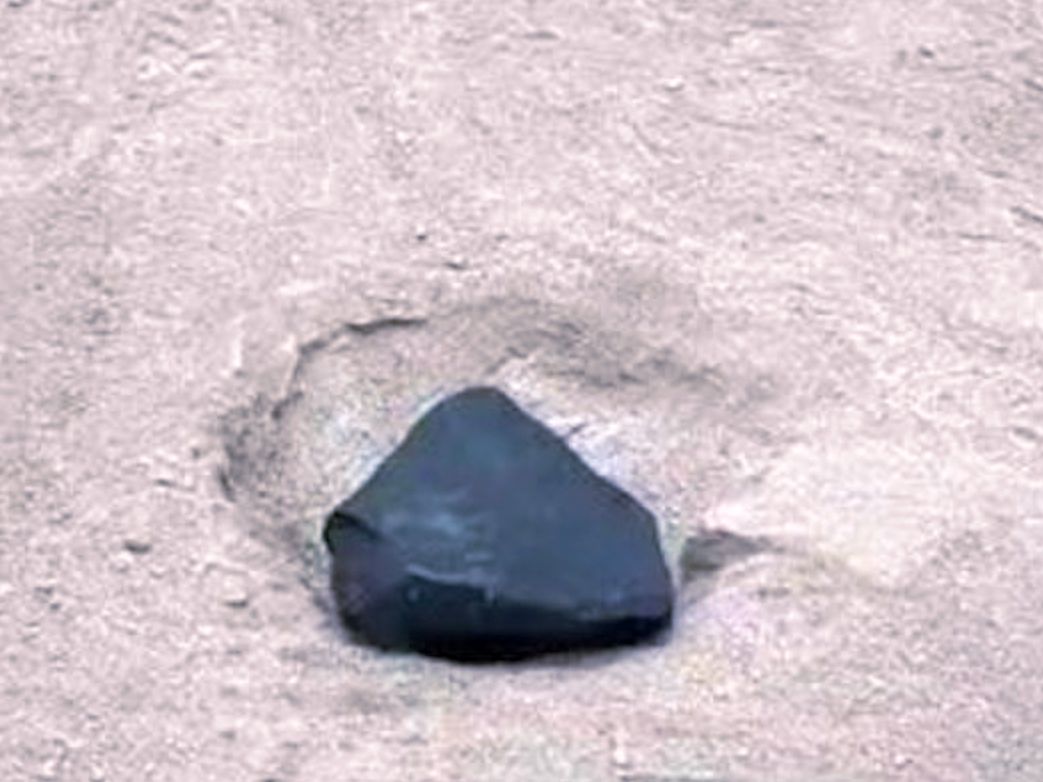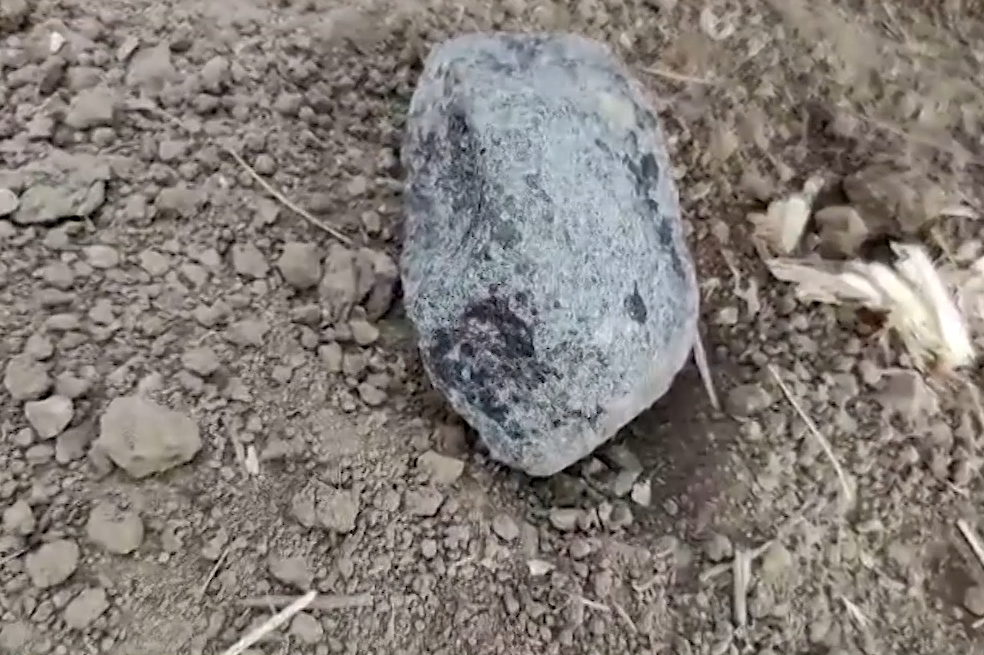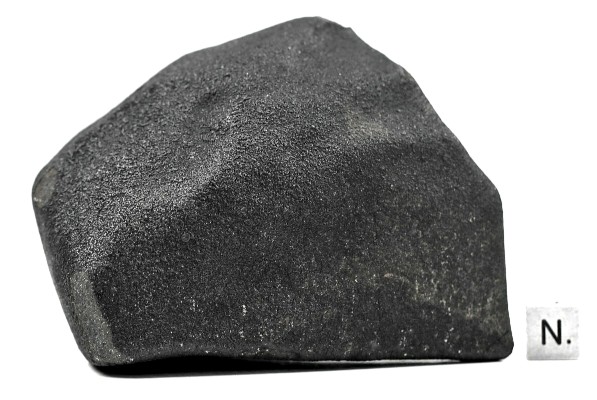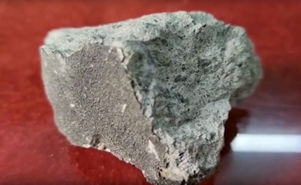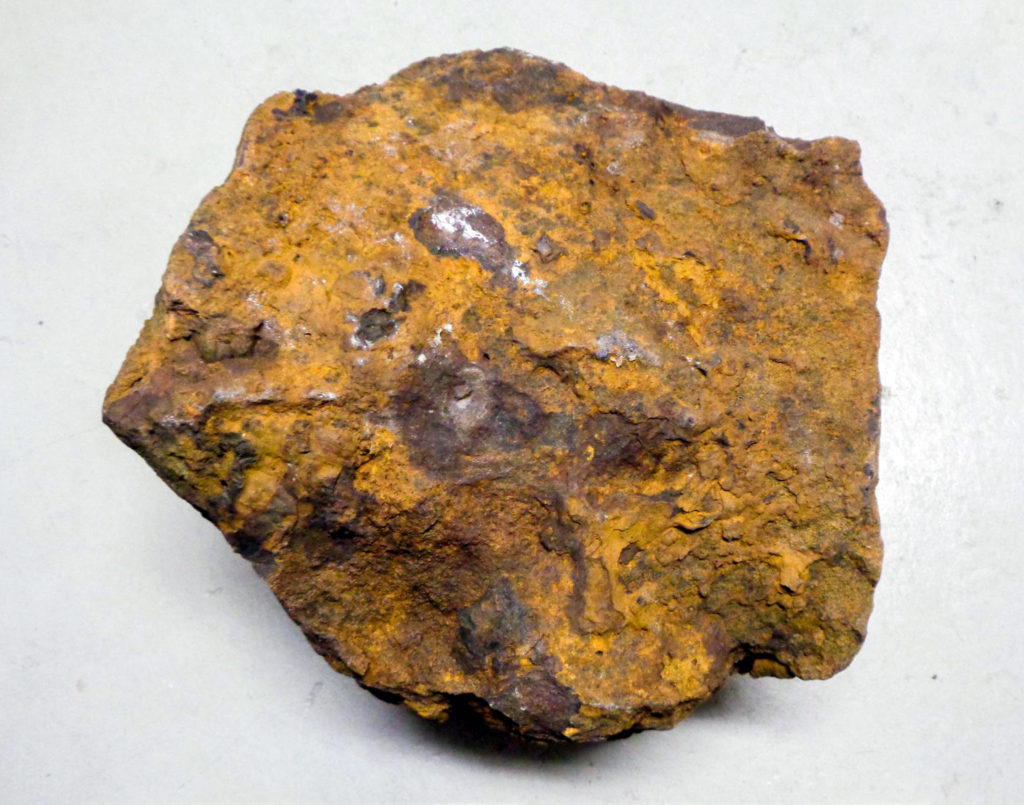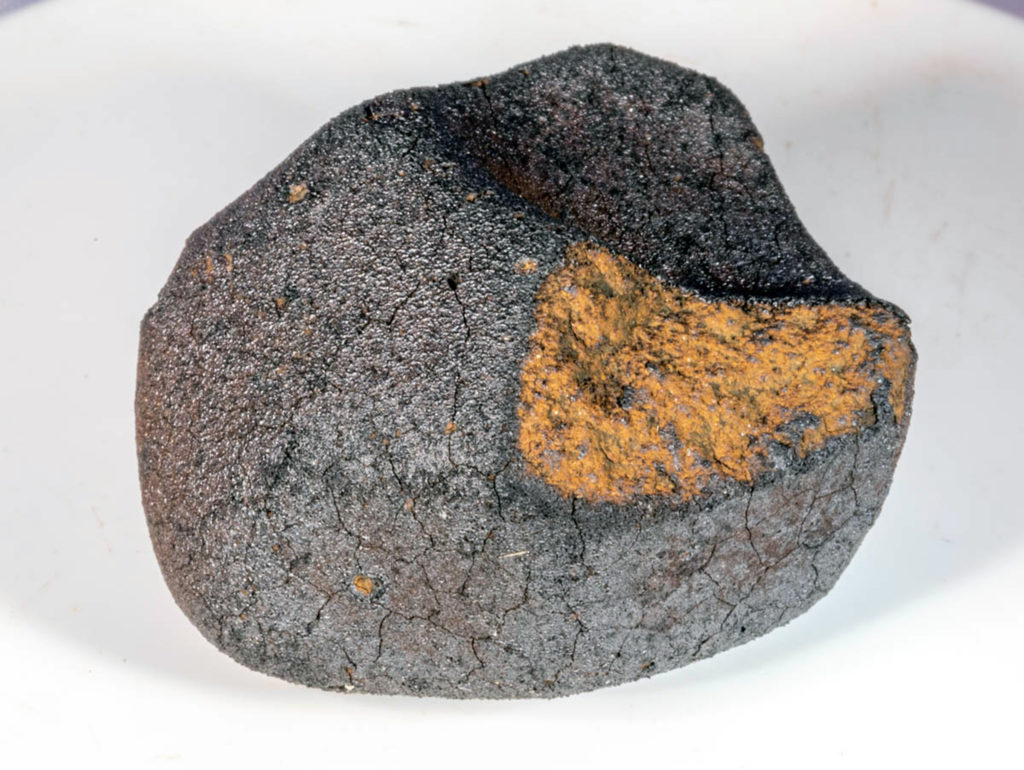No evidence for a decrease of nuclear decay rates with increasing heliocentric distance based on radiochronology of meteorites
Meier MMM and Wieler R
Astroparticle Physics
Volume 55, March 2014, Pages 63–75
Constraints on the age of the Earth and the oldest meteorite phases obtained by the U–Pb dating technique give no hints for radially variable decay rates of the α-decaying nuclides 235U or 238U. Similarly, some of the oldest phases in meteorites have U–Pb ages whose differences agree almost perfectly with respective age differences obtained with “short-lived” radionuclides present in the early solar system, again indicating no variability of uranium decay rates in different meteorite parent bodies in the asteroid belt. Moreover, the oldest U–Pb ages of meteorites agree with the main-sequence age of the sun derived from helioseismology within the formal ∼1% uncertainty of the latter. Meteorite ages also provide no evidence for a decrease of decay rates with heliocentric distance for nuclides such as 87Rb (decay mode β−) 40K (β− and electron capture), and 147Sm (α).

